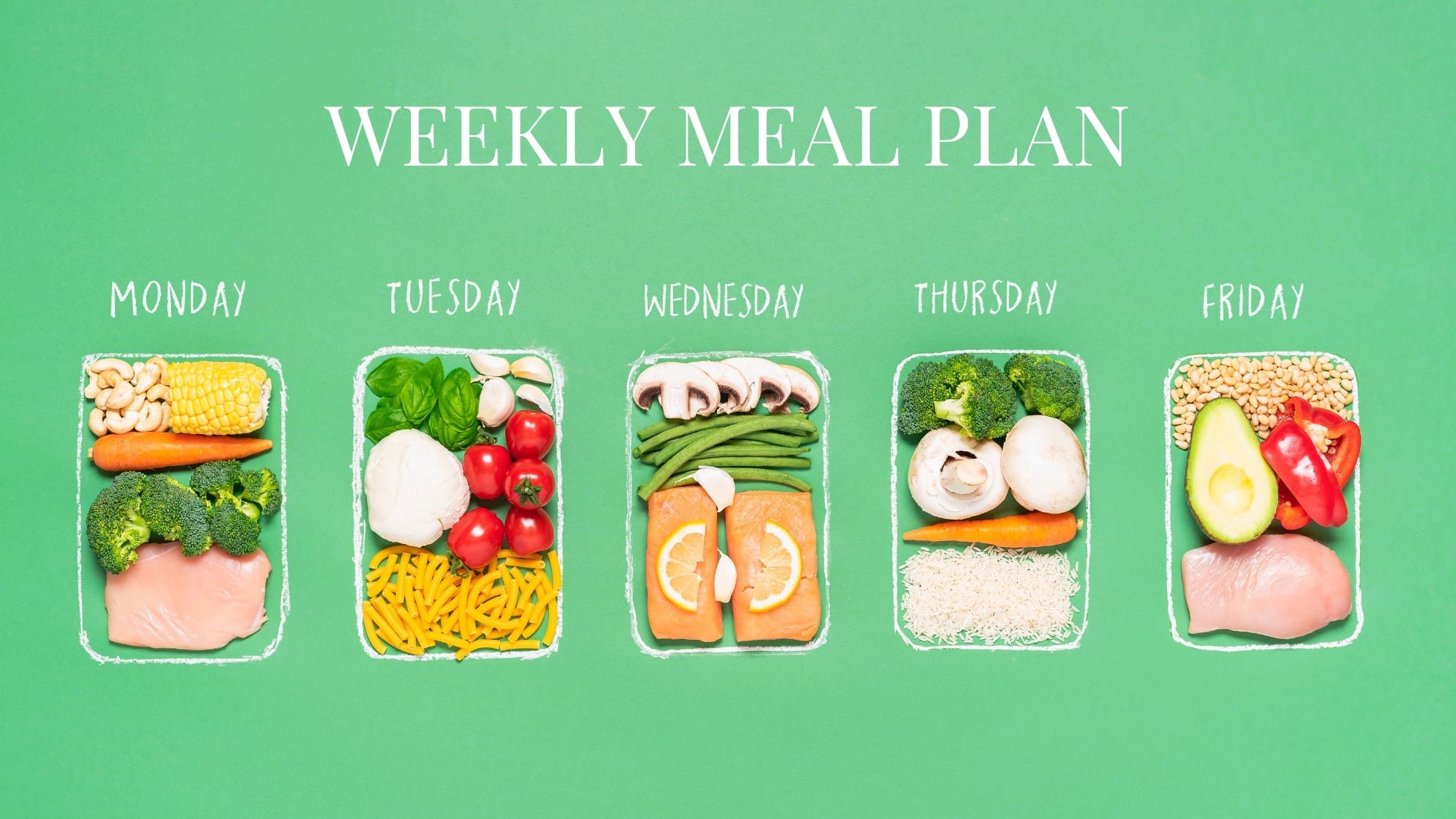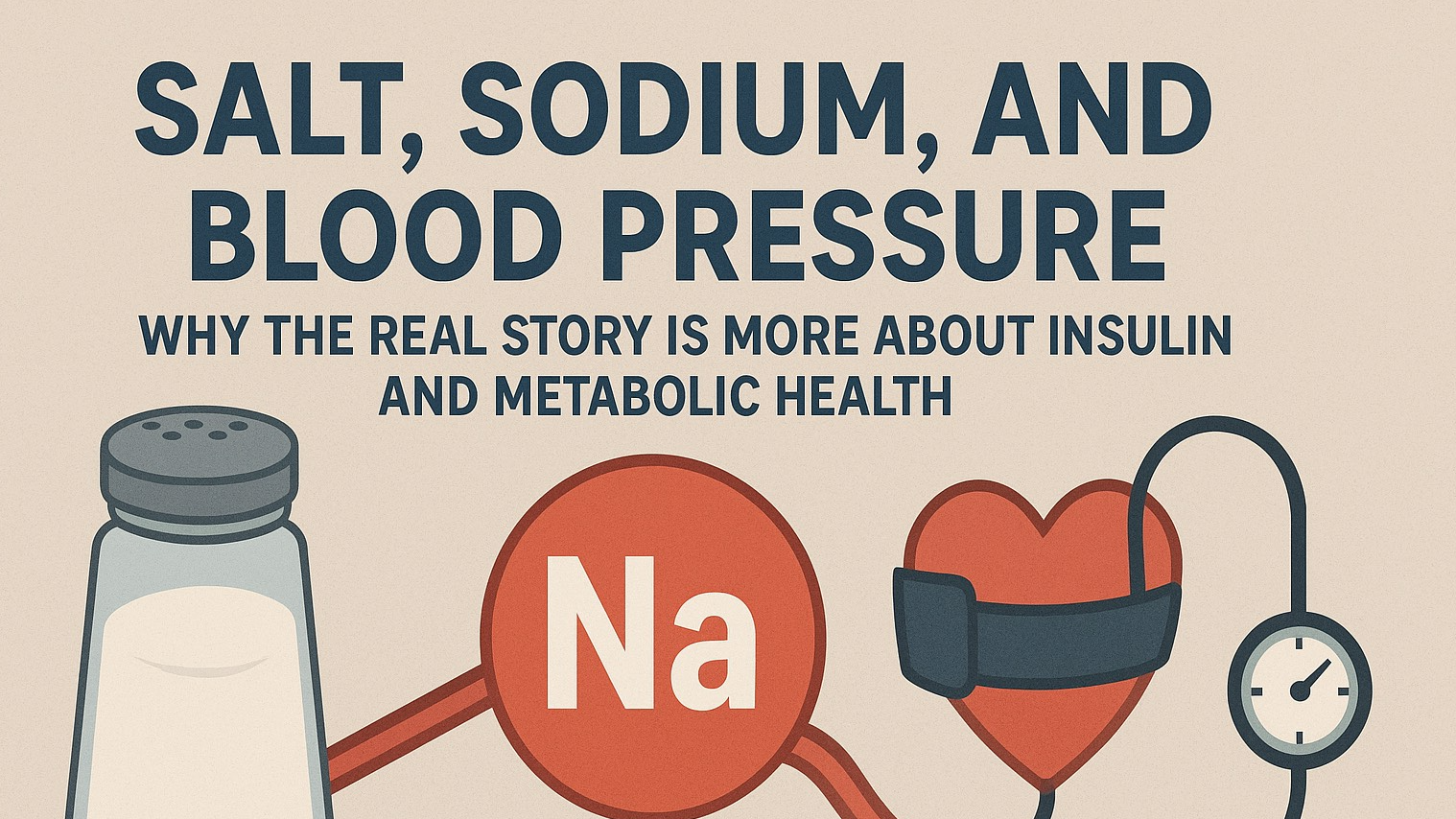
Meal planning basics
Meal planning is one of the best routines to keeping on track with one’s health. Many experts argue that what you consume is as important as physical activity.
What happens when you skip meal planning
I am all for being spontaneous with food when it makes sense. But sometimes it’s more trouble than it’s worth since we do have to eat multiple times per day!
Skipping the meal planning process usually makes life more hectic. Here’s how:
- You’ll spend a lot more time in the grocery store, wandering aisles, trying to come up with meals on the fly.
- You’re likely to waste the food you come home with since you had no idea what to do with it in the first place.
- You’ll probably eat more takeout or bowls of cereal for dinner – which is great if you can afford it or feel great eating cereal for dinner every day (hey, no judgment!) but that’s not the case for most of us.
- And you will always have to come up with meal ideas every day, which takes a lot of mental energy on top of everything else we have to worry about.
This is why meal planning, while not sexy, is a form of self-care.
Step One: Look At Your Calendar
Since our schedules can change every week, it’s important to look at the week ahead and see what you have planned already. Do you have any work meals, dinner dates or happy hours to plan around?
Do: plan meals you always struggle to come up with ideas for.
Don’t: plan every meal.
Do: plan around your social schedule.
Don’t: try to make your social schedule fit your meal plan.
The goal here is to count the exact number of meals you need for the next week. Without this information, you won’t know how many servings you’ll need or how much food to buy.
Step Two: Check Your Pantry and Refrigerator/Freezer
While you could jump right to finding recipes for your meal plan, let’s save some money, shall we? This step is super important if you’re making a meal plan on a budget.
Shop your pantry and refrigerator and freezer first to use up what you already have. That way, you’ll spend less on food and save money on your next grocery trip. We always have each week salmon, ground turkey, chicken tenders, and for occasional meals pork tenderloin and beef tenderloin in the freezer, along with assorted vegetables like frozen broccoli florets, green beans, and medley’s of veggies from CostCo, GFS, Walmart or Aldi.
If you have a lot of canned beans, make a note to look up recipes that will utilize them. Chili, Soups, dips. Did you find some frozen ground turkey in the back of your freezer? That’s a great protein to use in all kinds of meals.
Doing this also helps you avoid buying stuff you already have (that’s the worst!). It can also help avoid throwing food away.
Step Three: Choose Recipes
This part of the meal planning process is the most fun, but also takes the longest. What recipes to choose largely comes down to your lifestyle. I love meal prepping, but you can totally make a meal plan even if you DON’T meal prep! Or, you can do a mix of both meal prepping and making one-off meals for dinner and eating leftovers for lunch.
IF YOU’RE MEAL PREPPING…
You want to choose big batch meals that will hold up in the fridge for a few days or freeze well. We like to make seasonal soups, so butternut squash in the fall, turkey chili in the colder months, roasted vegetable soup cold or hot any time of the year.
The basic/best meals to preparation are stews, chilis, curries, sheet pan meals, stir fry’s, burrito bowls, enchiladas and casseroles. You really can’t go wrong with these kinds of meals! Alternatively, salads, wraps and no-reheat meals can work too, of course, they just need a little more attention and care in the fridge.
IF YOU’RE NOT MEAL PREPPING…
Plan meals you can make in 30 minutes or less on weeknights, or meals you can throw in the slow cooker in the morning and enjoy when you’re done with work. We like salmon with veggies - 15 minutes in the oven at 400 degrees and the veggies cook from frozen in 6 minutes, or air fryer chicken wings or the oven at 400 degrees. Thawed chicken wings cook up in 20 minutes, 10 minutes each side it you’re in a hurry. For crispy wings, cook for 40 minutes, 20 each side. https://larsonhealthweightloss.com/blog/crispy-roasted-drumsticks-with-ranch
Stuck trying to come up with good meal ideas? My favorite way to come up with meal ideas to get inspired by takeout. What would you normally get at your local takeout/delivery spots? I can guarantee that there’s a free, easy recipe for it online.
General tips for choosing recipes:
Do: choose recipes you’ll actually enjoy.
Don’t: plan too many complex meals with ingredients you’re not sure you can find at your store.
Do: discuss meals with your partner or anyone you’re cooking for while you search.
Don’t: choose meals based on how “healthy” they are because honestly if you’re cooking at home, chances are it will be healthier than what you’d normally get for takeout or at a restaurant. Think quality proteins and vegetables, occasional desserts of dark chocolate with almonds, or protein muffins with monk fruit extract added.
https://larsonhealthweightloss.com/blog/high-protein-chocolate-muffins
Step Four: Plug Recipes/Meals Into Your Planner/List
Got your recipes? Great. Now it’s time to plug them into your planner/list.
This is pretty straightforward – just write in the meals you plan to eat on the day/time you want to eat them, or put the ingredients on your list.
An important reminder: you don’t have to stick to your meal plan like glue. Plugging in meals is more about making sure you’ve chosen enough meals with enough variety for you and less about deciding what exact thing to eat when. It’s more about knowing you’re choosing the right amount of meals – not too much where you’ll have too many leftovers, not too little where you’ll be scrambling to figure out food.
Step Five: Make A Grocery List
Alright, we’re almost done. Now, you have your recipes, so now it’s time to make a grocery list!
We keep a grocery list going till we grocery shop.
To make your grocery list, look at the ingredients of the recipes you chose for the week and write them down.
Step Six: Go Shopping!
And you’re done. You have your plan, you have your list, it’s time to shop. You did it! Now you don’t have to think about food for a while. Your brain deserves a break!
I hope you found these meal planning for beginner’s tips helpful.
I’ve used Google Sheet for a meal planner. I simply delete the meals from the previous week and give myself a fresh start every week. It’s seriously something I look forward to doing. I plan out a few days in advance and always have frozen veggies and meats in the freezer I can pull out and defrost for the next day.
MORE MEAL PLANNING TIPS
- Know that your plan will change every week. Every week you do this, you can learn what to do better in the future.
- It might not always play out exactly the way you planned it. That doesn’t mean you should stop or that you failed! That’s just life.
- If you’re cooking for other people, always review the plan with them and include them in the process (if they want to be included).
- When you get stuck on meal ideas, ask your significant other what sounds good to them or think about what you like to order at your favorite restaurants. I like to share recipes with friends.
- If planning a whole week of meals is too overwhelming, start with just planning a day or 2.
- Don’t forget that you can include snacks and desserts in your meal plan if you want to!
- There is no perfect one-size fits all meal plan.
 Add Row
Add Row  Add
Add 










Write A Comment